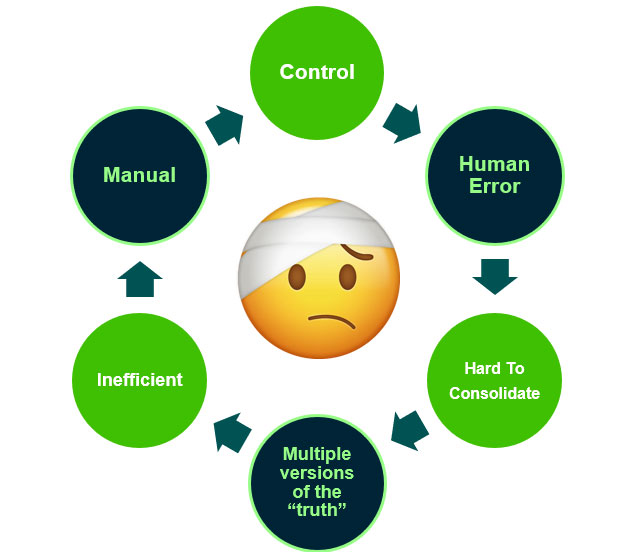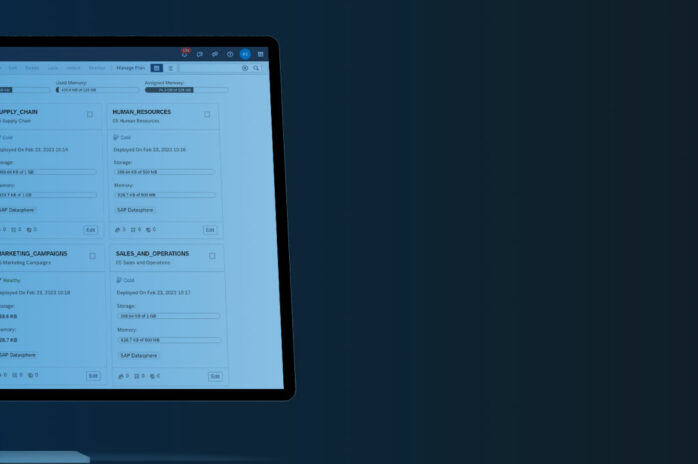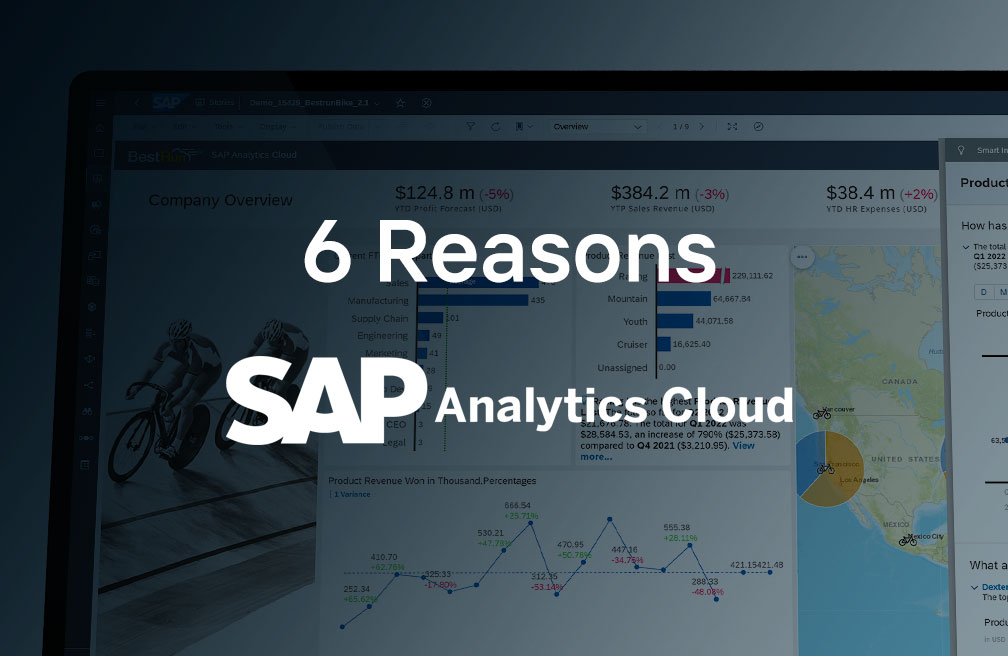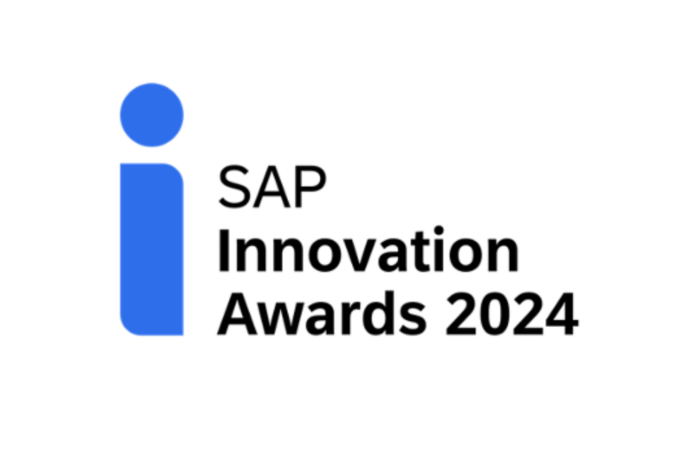Budgeting and forecasting are essential processes for any business, as they provide a roadmap for financial planning and decision-making. Many finance teams still use Excel for their budgeting and forecasting; hence these processes can be time-consuming and error-prone when done manually. Excel has its benefits from its flexibility, adding complexity and familiarity. However, with volumes of data significantly increasing and fast decision making a must, Excel is very quickly becoming a stumbling block. This Wall Street Journal article by Nina Trentmann highlights the fact that “While many still see it as a helpful tool, many CFOs say finance teams rely on it too much, often for tasks that Excel just isn’t well-suited to handle. Inevitably this leads to mistakes and wasted time.”
An illustration of some common issues and disadvantages of using Excel:

For companies that want to streamline their budgeting and forecasting processes and reduce planning cycle by half, SAP Analytics Cloud (SAC) – a cloud-based solution is the answer.
Here are 6 reasons for moving beyond Excel and embracing the cloud for planning and using SAP Analytics Cloud:
1. Single source of truth:
SAP Analytics Cloud provides a centralised platform where data from various sources can be consolidated and analysed. This makes it easier to access all the necessary data needed for budgeting and forecasting, eliminating the need to search for data in different locations. A single source of truth also helps to reduce errors and inconsistencies in the data.
2. Real-time decision making:
With SAP Analytics Cloud, data can be updated in real-time, providing up-to-date information for decision-making. This means businesses can respond to changes in the market quickly, allowing for more agile decision-making.
3. Easy collaboration:
SAP Analytics Cloud allows for collaboration between teams, enabling a more integrated approach to budgeting and forecasting. Multiple stakeholders can work on the same data, improving communication and reducing the likelihood of errors.
4. Faster insight:
SAP Analytics Cloud offers automation capabilities that can help to speed up the budgeting and forecasting process. With features like predictive forecasting and variance analysis, businesses can get insights into their financial performance faster, allowing for quicker decision-making.
5. Visualise data trends:
SAP Analytics Cloud offers a range of visualisation tools that can help businesses to better understand their data. This includes charts, graphs, and dashboards that can be customized to meet the needs of individual businesses. These visualisations make it easier to identify trends and patterns, making it easier to make informed decisions.
6. Mobile access:
With SAP Analytics Cloud, businesses can access their data on-the-go, allowing for more flexibility and agility. This is especially useful for managers who need to access data while away from the office.
Excel has been a strong solution for finance teams for many years. However, with the volume of data exponentially increasing, the need for fast decision making and insights into data becoming more of a requirement, more and more businesses are turning to SAP Analytics Cloud. A flexible, cloud-based solution that seamlessly integrates with SAP and Non-SAP sources, it allows organisations to make better business decisions through automation and improved data analysis.
By leveraging the comprehensive features of SAP Analytics Cloud, businesses can streamline their financial planning processes, make more informed decisions, reduce errors, and respond faster to changes in the market.












































































